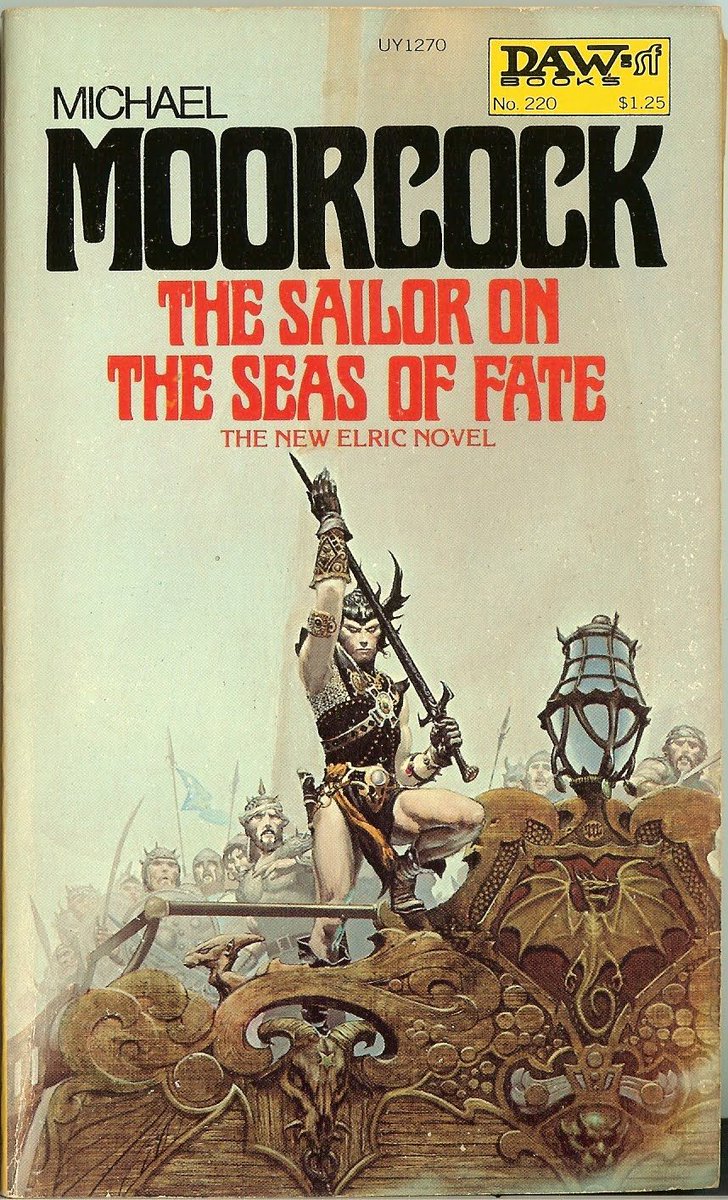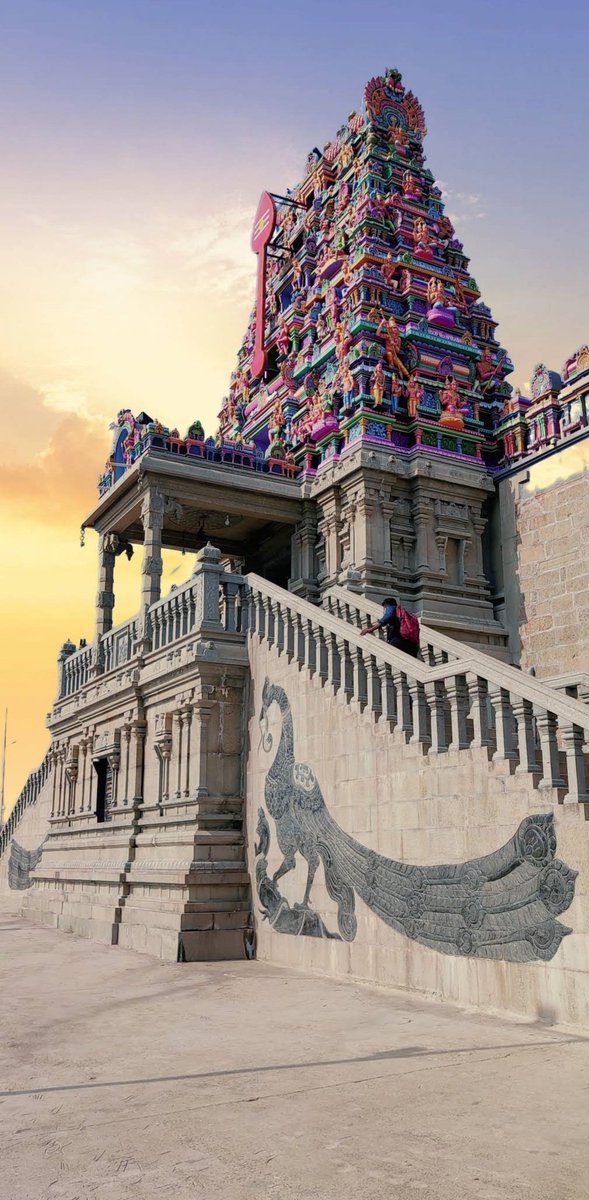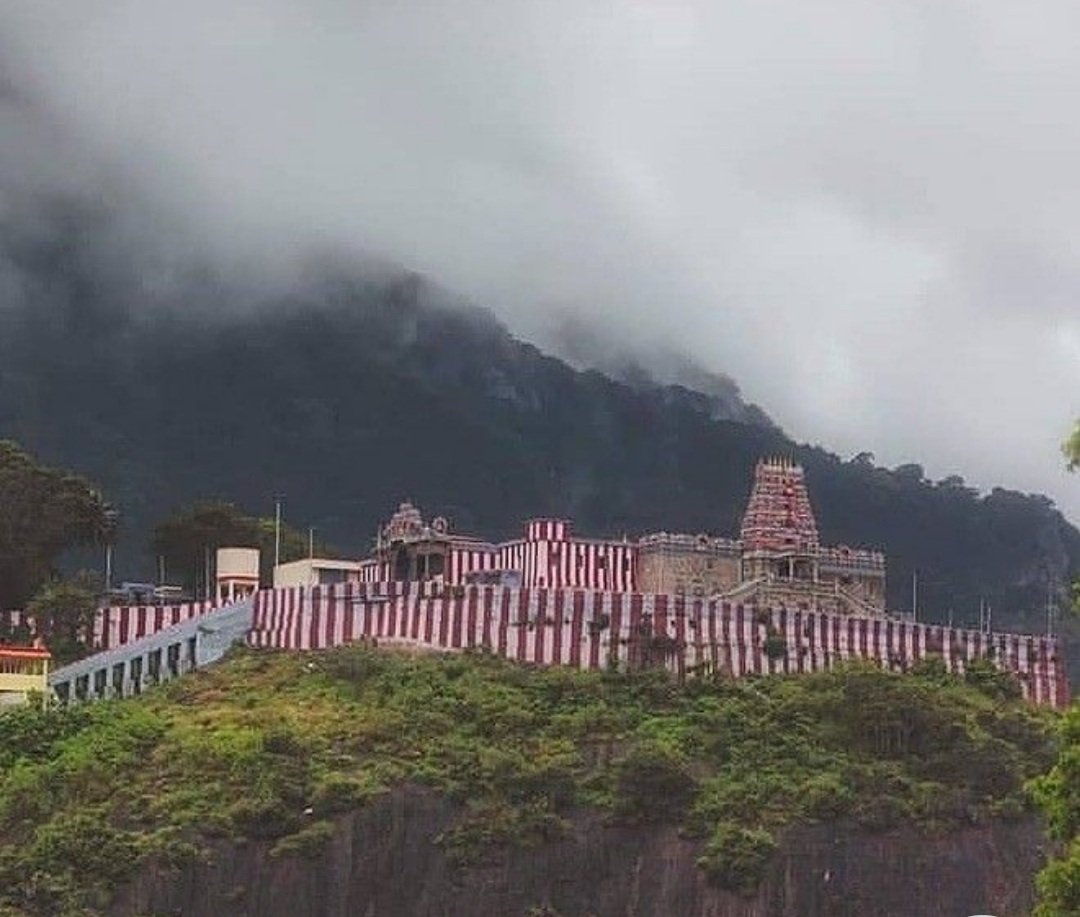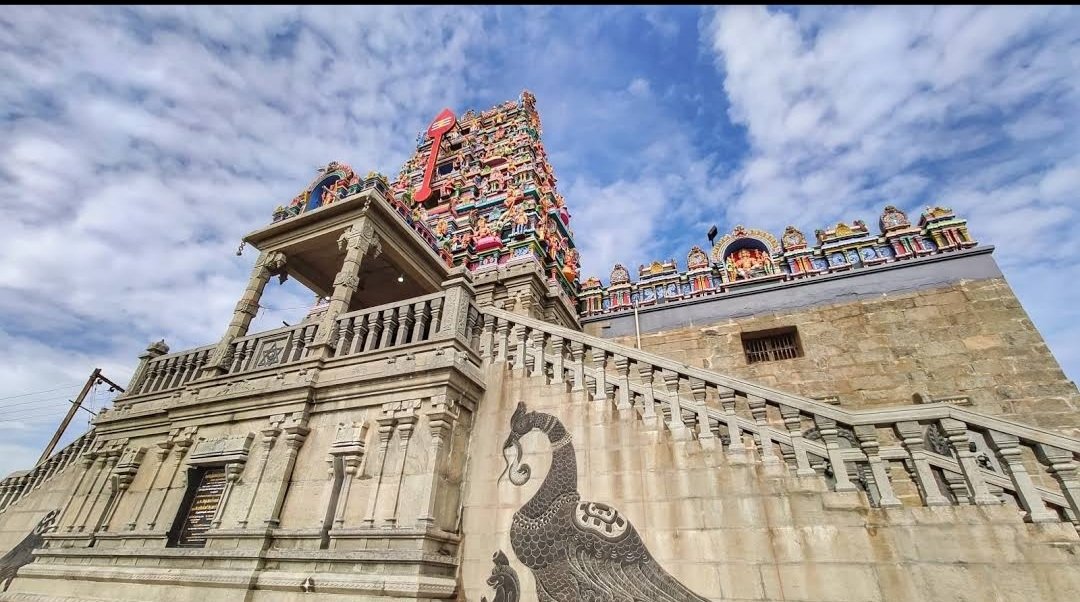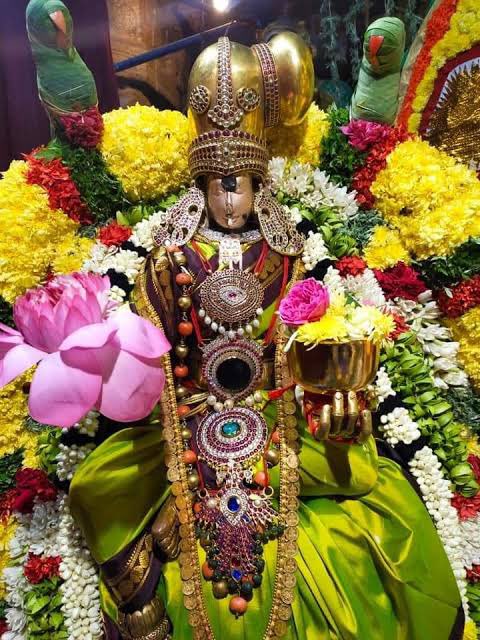Fabricating the “ Fifth Veda “
Robert de Nobili, the notorious Jesuit who masqueraded as a Brahmin, committed fraud by claiming to have discovered what he termed as fifth veda.
Which was showing the entire Indian tradition and culture to be a corrupted subset of Christianity.
To save the embarrassment it was shelved in the archives of Nouvelles Acquisition Francaises under the nondescript name of “Exhibit No 452”.
Despite the failure the Dravidian Christianity started to call it the original Vedic religion




